The (Tiny) Great Qing Post Office
Small Discovery of the Best Kind
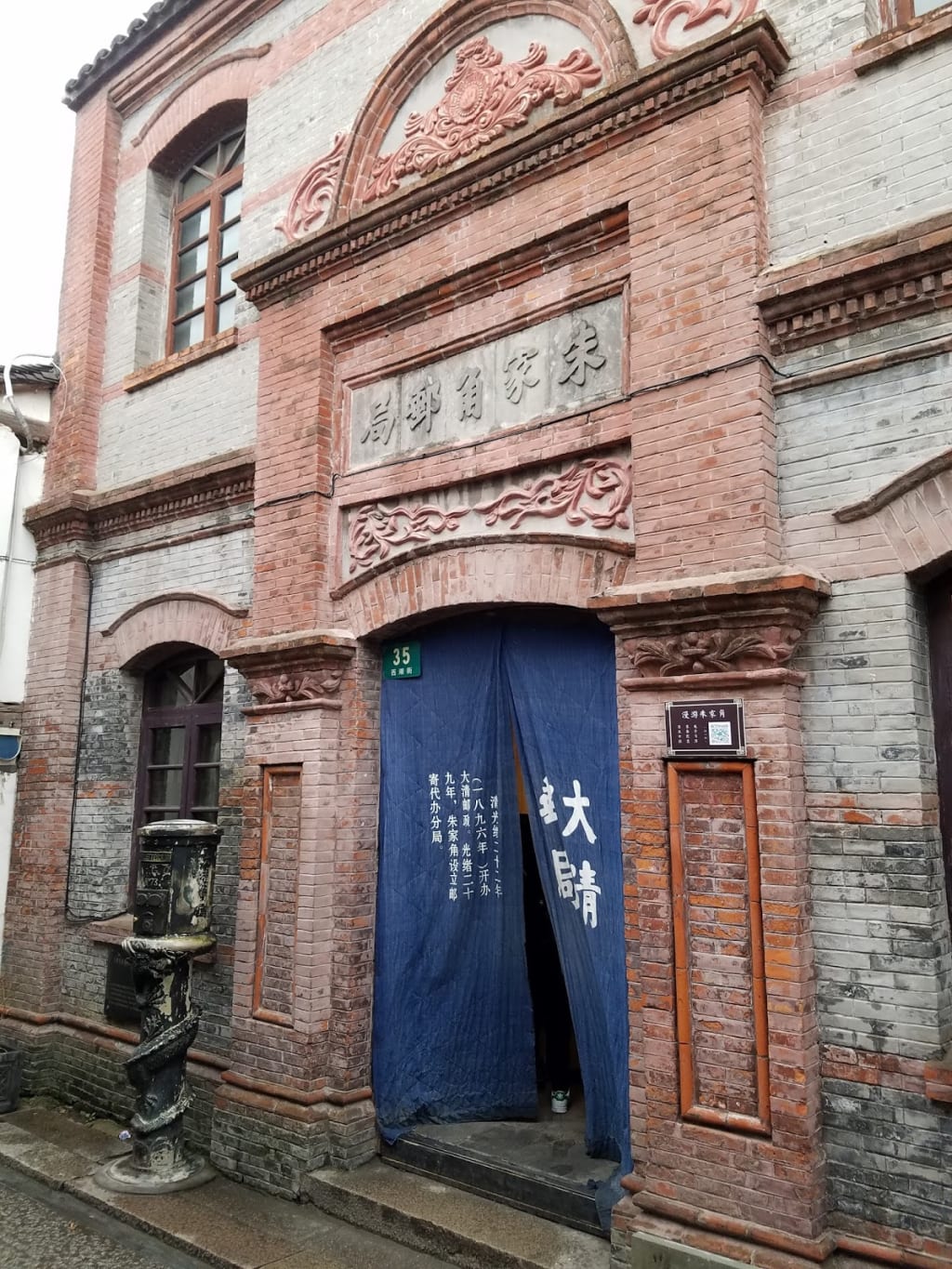
On my visit to the Water Town of Zhujiajiao, about 45 minutes from Shanghai China, I got lost walking through the cobbled lonely alleyways. I stumbled upon a little piece of history that caught my interest and inspired me to write a separate post on this.
In the far, far corner of the alley, I saw a brick building that seemed a little out of place next to the more traditional buildings around it. With my curiosity peaked, I went inside and was greeted by a lowly lit miniature museum.
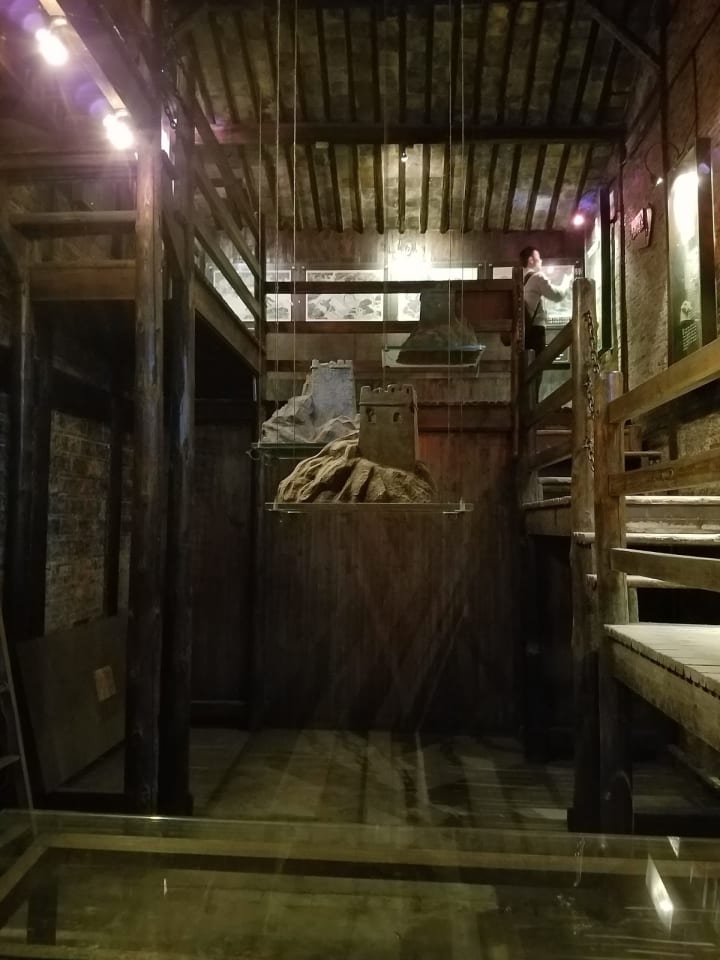
This museum documented the history and evolution of China's postal system! The building I was in appeared, to be an old post office long ago retired.
This post office was founded in the late 1800s under the reign of Emperor Tongzhi during the Qing Dynasty and was one of the 13 official post offices of the Shanghai region!
Fun fact: China is among the countries with earliest sort-of postal service (although it was not called post service since the majority of the people who used this were the Emperor, Military, and Government officials).

Allow me to explain what I learned.
During the majority of China's postal system’s history, the mail was used for official government communication and military use. It wasn’t until the 15th century that private post offices appeared, and traders began to use the private post as a way to communicate and make payments.
According to official records, China's postal delivery dates back to more than 3000 years ago. In the past several centuries, this postal delivery network played a key role in transferring military intelligence and government orders as well as kept the nation in communication with its neighboring countries.
Earliest military delivery found that the messages would be written engraved on the back of turtle shells (or other carapaces), or animal bones or bamboo reeds.
Hanging on the walls there is wooden message holders from that era. The acted as a sturdy envelope to prevent the message to be protected. To the left of those fishes are the messages written on bamboo that would go inside the wooden fish.

Also hanging on on the wall were seals display from the Qin Dynasty. The message holders would then be sent with hand carved jade or wooden seals that came with the message used as a sort of personal identification of who the sender is.

From records of historical materials, during the end of the Song Dynasty, there were many urgent military documents needed to be delivered frequently because of the wars.
It was required that a courier must deliver a document from beginning to end.

During delivery, horses can be changed but the courier could not.
Some couriers died in the midway through delivery due to fatigue. However, the bodies were bound to horses and the horse was sent off on its way to deliver the military documents to its destination.
I'm assuming the horse knew his way back home.

The actual China Postal Service that is currently up and running officially started during the Qing Dynasty by a man called Sir Robert Hart who was a British diplomat and an official in the Imperial Chinese government.

Under this man's guidance, he transformed the Chinese Customs Post Office into a well regulated organization which boosted China's economy. Later it was renamed Great Qing Post.
Towards the end of the war 1949, the post was renamed Chunghwa Post Service which is the one of the postal services here in China today.
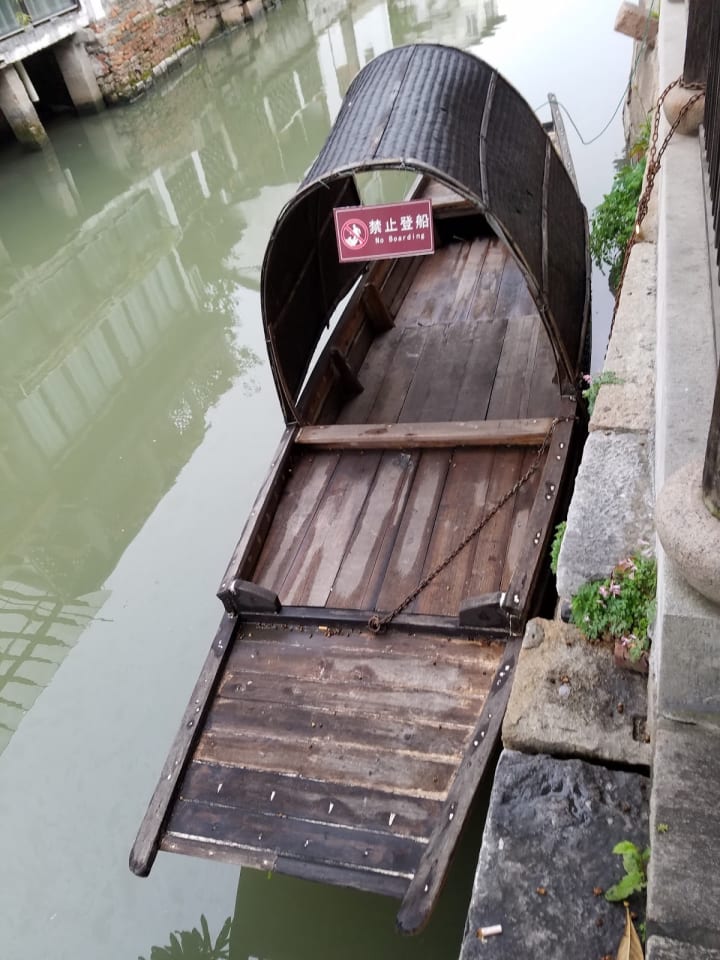
In some areas, mail would be distributed via boat that would be delivered by using the canals. Through out the entire place, I had a sense of would time wonder. Everything was well preserved and while I'm sure it's not the same wood, the attendant (in Chinese) said its all original wooden floors and walls.

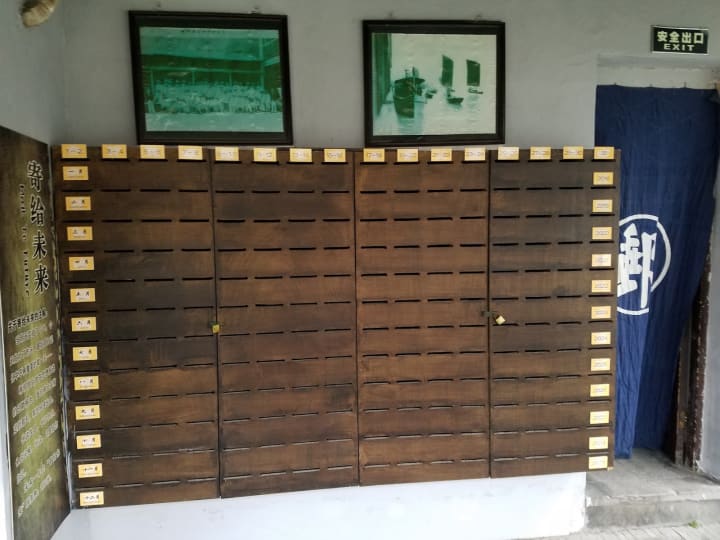
Towards the end of the museum, there was a whole wall decorated with old postcards from the era. I was very excited to see its history with my own eyes.
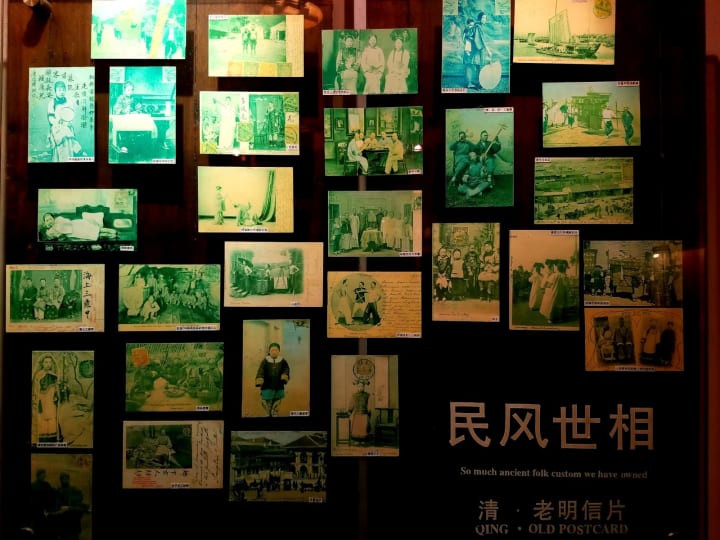
Some of the pictures I took to go along with the words, so you too can experience this delightful piece of ancient history.
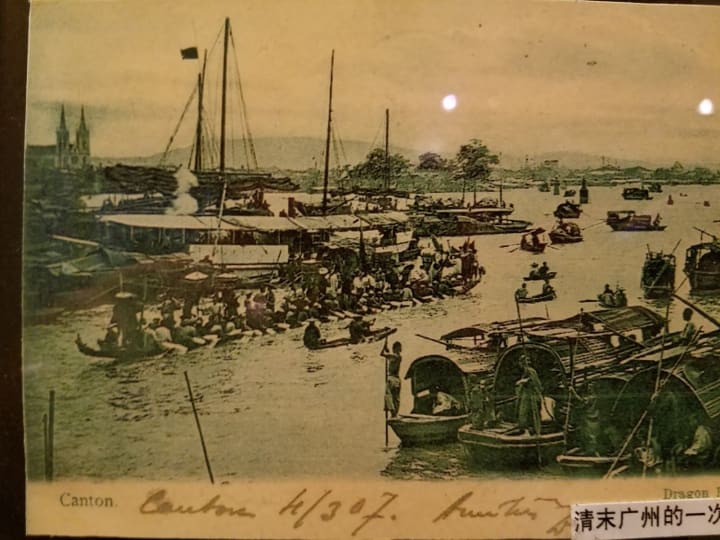

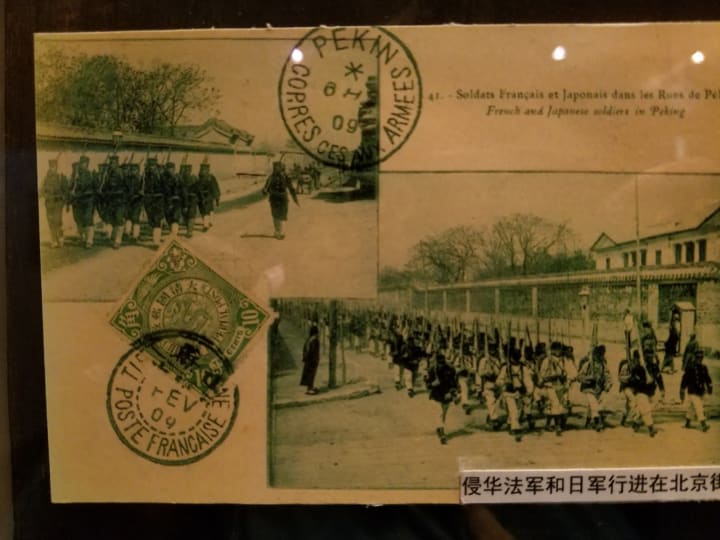


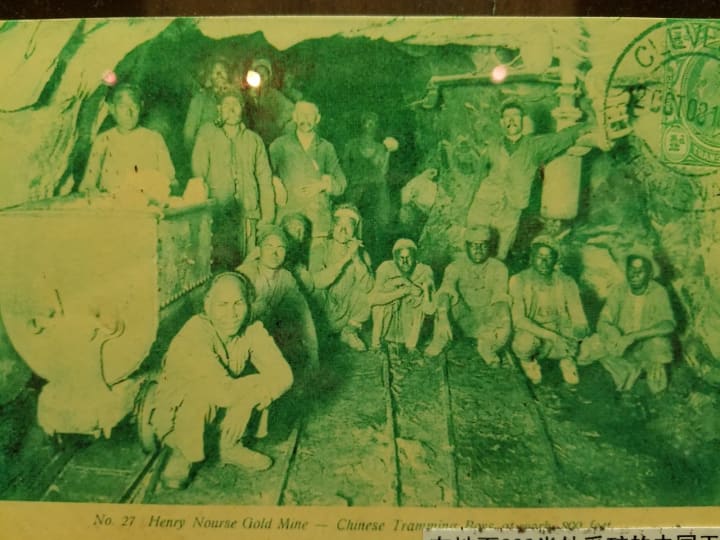




So what did you think? Let me know, I am always curious to know what people think of the places that I go and write about.
Until next time.
Zai jian!






Comments
There are no comments for this story
Be the first to respond and start the conversation.